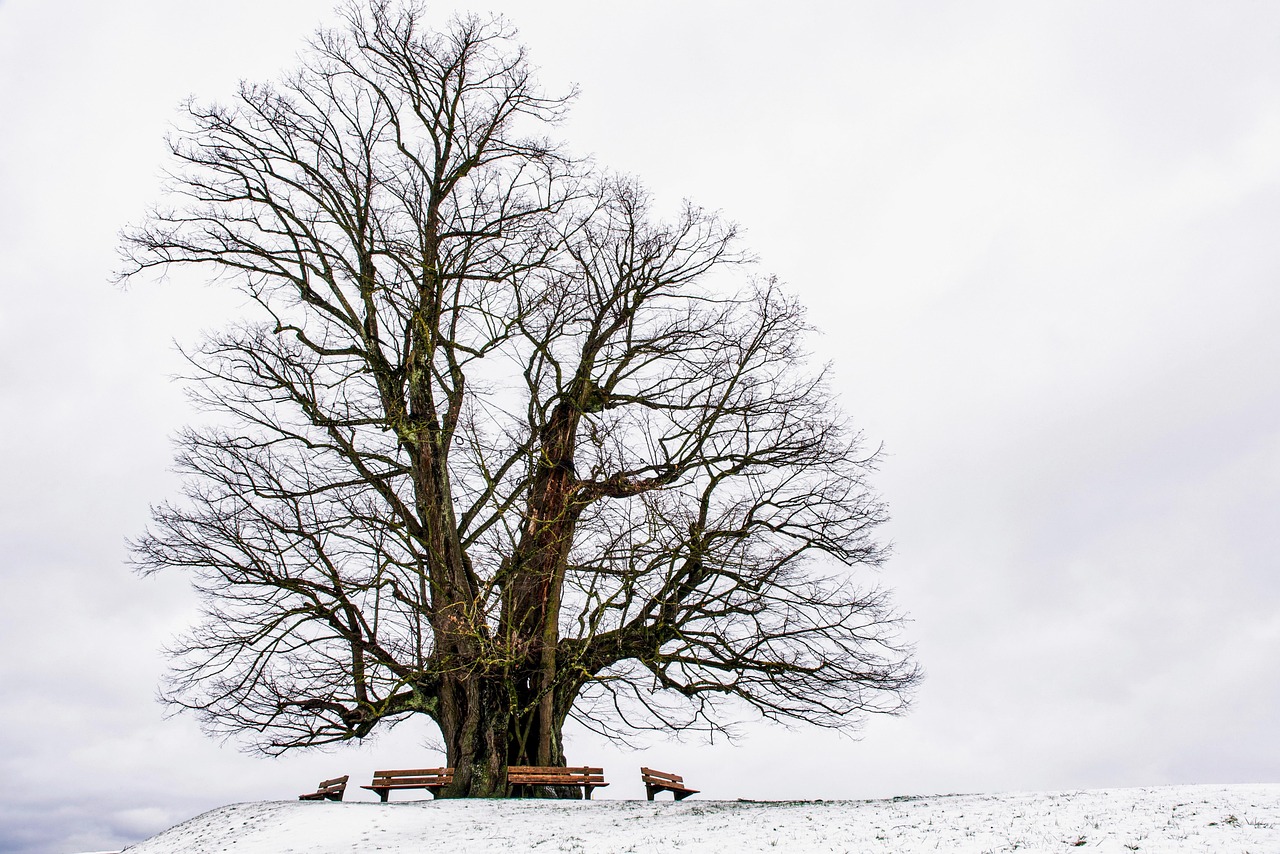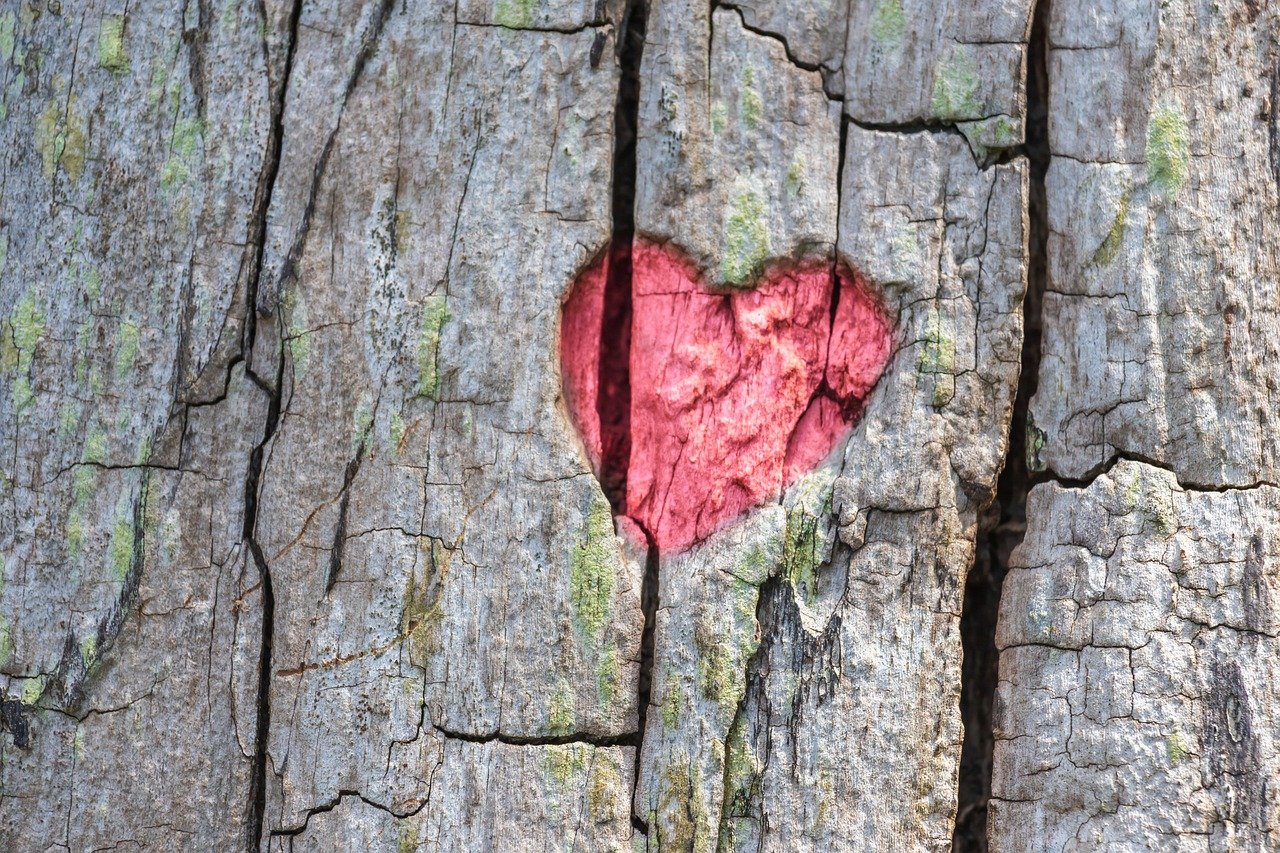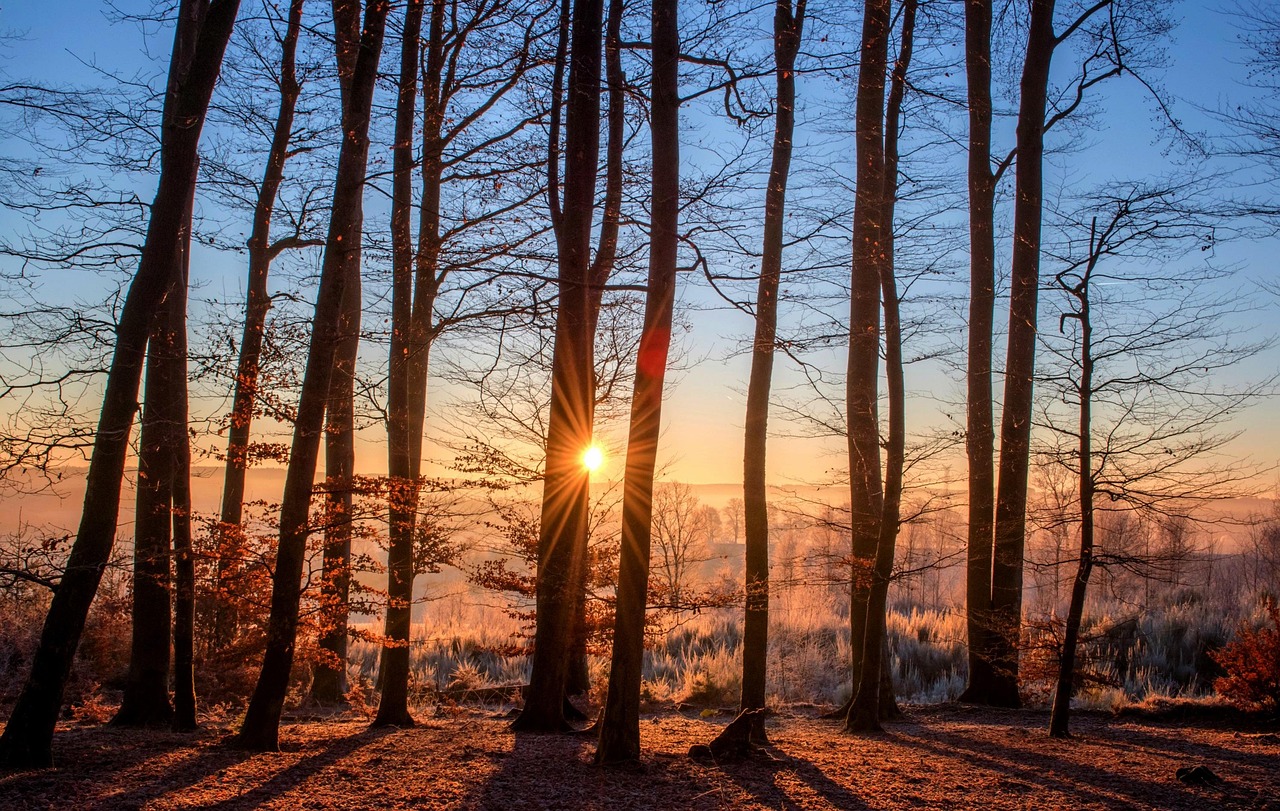The growth rate of Totara trees in native woodlands typically ranges from 0.5 to 1 meter per year, depending on environmental conditions, soil quality, and competition with other vegetation.
Understanding Totara Trees
Totara trees, known scientifically as Podocarpus totara, are native to New Zealand. They are an important species in the region’s native forests. These trees have significant cultural and ecological importance. Totara wood is valued for its durability and resistance to decay, making it ideal for construction and carving.

In natural ecosystems, Totara trees play a crucial role. They provide habitat for various wildlife and contribute to the overall biodiversity of the forest. Understanding their growth rate is essential for conservation and management efforts. It helps in planning reforestation projects and maintaining healthy forest ecosystems.
Factors Affecting Growth Rate
The growth rate of Totara trees is influenced by several environmental factors. These include:
- Soil Quality: Fertile soils rich in nutrients promote faster growth.
- Water Availability: Adequate rainfall or irrigation supports healthy development.
- Sunlight: Access to sufficient sunlight is vital for photosynthesis.
- Competition: Nearby plants can compete for resources, impacting growth.
Each of these factors plays a role in how quickly a Totara tree can grow. For example, in areas with poor soil, growth may slow significantly. Conversely, in optimal conditions, the trees can reach impressive heights quickly.

Growth Rate in Different Environments
The growth rate of Totara trees can vary based on their specific environment. Studies show that trees in well-managed forests tend to grow faster than those in unmanaged areas. Below is a table summarizing the average growth rates observed in different conditions:
| Environment | Average Growth Rate (meters/year) |
|---|---|
| Well-managed native woodland | 0.8 – 1.0 |
| Unmanaged native woodland | 0.5 – 0.7 |
| Urban areas | 0.4 – 0.6 |
The variations in growth rates highlight the importance of environmental management practices. In well-maintained areas, trees not only grow faster but also develop healthier structures. Proper management can enhance their resilience against diseases and pests.
Impacts of Climate Change
Climate change poses significant challenges to the growth of Totara trees. Changes in temperature and precipitation patterns can affect their growth rates and overall health. Increased temperatures may enhance growth in some regions, while drought conditions could hinder it.

Research indicates that Totara trees are sensitive to changes in their environment. If the climate becomes less stable, it could lead to slower growth rates over time. Forest managers must monitor these changes closely to implement adaptive strategies.
Conservation Efforts
To promote the growth of Totara trees, various conservation efforts are underway. These initiatives aim to restore native woodlands and support sustainable forestry practices. Key strategies include:
- Reforestation Projects: Planting native species, including Totara, in deforested areas.
- Soil Health Improvement: Implementing techniques to enhance soil quality for better growth.
- Community Engagement: Involving local communities in conservation efforts to raise awareness.
These efforts are essential not only for the survival of Totara trees but also for preserving the unique ecosystems they support. By focusing on conservation, we can ensure that these magnificent trees continue to thrive in their native habitats.

Understanding Totara Tree Lifespan
The lifespan of Totara trees is another important aspect to consider when studying their growth rates and overall ecological role. Totara trees can live for several hundred years, with some individuals known to exceed 1000 years. This longevity allows them to play a vital role in their ecosystems over multiple generations.
A long lifespan contributes to stability in native woodlands. Older trees provide shelter and food for various wildlife species. They also contribute to the genetic diversity of the forest, which is crucial for resilience against diseases and changing environmental conditions.
Growth Phases of Totara Trees
Like many tree species, Totara trees go through distinct growth phases. Understanding these phases can help in managing their cultivation and conservation effectively. The main growth phases include:
- Seedling Stage: This is the initial phase where the tree develops from a seed. During this stage, proper soil conditions and moisture are essential for survival.
- Juvenile Stage: In this phase, the tree begins to grow taller and develop a stronger root system. This stage can last several years, depending on environmental factors.
- Mature Stage: At this point, the tree reaches its full height and begins to produce seeds. Mature trees exhibit robust growth rates and contribute significantly to the forest ecosystem.
- Old Growth Stage: These are the oldest trees in the forest. They may slow in growth but provide critical habitat and ecological functions.
Environmental Impact on Growth Rate
The environment surrounding Totara trees can greatly influence their growth rates. Several factors come into play, including climate, soil type, and competition with other species. Below are key environmental elements that affect the growth of Totara trees:
- Climate: Warm temperatures with adequate rainfall generally promote faster growth. Conversely, extreme weather conditions like drought or heavy storms can hinder development.
- Soil Type: Well-drained, nutrient-rich soils are ideal for Totara trees. Poor soil conditions can lead to stunted growth.
- Altitude: Trees at lower altitudes typically grow faster due to milder temperatures compared to those at higher elevations.
Management Practices for Optimizing Growth
To maximize the growth potential of Totara trees, specific management practices can be implemented. These practices focus on creating optimal growing conditions while ensuring sustainability. Here are some effective strategies:
- Selective Thinning: Removing competing vegetation allows young Totara trees better access to resources such as light and nutrients.
- Regular Monitoring: Assessing tree health and growth periodically helps in identifying issues early on.
- Soil Amendments: Adding organic matter or fertilizers can enhance soil fertility, promoting healthier growth.
Research and Studies on Growth Rates
Numerous studies have been conducted to better understand the growth rates of Totara trees under various conditions. Research has shown that consistent monitoring leads to better outcomes in terms of growth and health. Findings from these studies often highlight the following:
- The Importance of Biodiversity: Mixed-species planting can enhance overall forest health and productivity.
- The Role of Microclimates: Variations in sunlight and moisture levels significantly impact growth rates within different areas of the same woodland.
The data collected from these studies not only informs forest management practices but also contributes to conservation strategies aimed at sustaining Totara populations in their natural habitats.
The Role of Community in Growth and Conservation
Community involvement is crucial for the success of Totara tree conservation efforts. Local knowledge and participation can lead to more effective management strategies. Engaging communities can include:
- Education Programs: Teaching locals about the ecological importance of Totara trees fosters a sense of stewardship.
- Volunteer Planting Days: Organizing events where community members plant trees together promotes awareness and action.
- Partnerships with NGOs: Collaborating with non-governmental organizations can enhance resources available for conservation efforts.
Strengthening community ties not only supports Totara trees but also enhances local biodiversity and improves the overall health of native woodlands.
Economic Value of Totara Trees
Totara trees are not only ecologically significant but also hold considerable economic value. The wood of the Totara is prized for its durability, resistance to decay, and attractive appearance. These qualities make it highly sought after in various industries.
The economic benefits derived from Totara trees can be categorized into several areas:
- Lumber Production: Totara wood is used for building materials, furniture, and crafts. Its strength and aesthetic qualities make it a popular choice among carpenters and builders.
- Cultural Artifacts: The wood is often used in traditional carving, which is an important cultural practice for many Māori artisans.
- Tourism and Recreation: Native woodlands featuring Totara trees attract tourists, contributing to local economies through eco-tourism.
Threats to Totara Tree Growth
Despite their importance, Totara trees face several threats that can impede their growth and survival. Understanding these threats is vital for effective conservation strategies. Some of the significant threats include:
- Disease: Fungal infections and other diseases can weaken or kill Totara trees. Monitoring tree health is essential to prevent outbreaks.
- Pests: Insects such as the Totara borer can damage the wood and compromise the structural integrity of the trees.
- Deforestation: Land conversion for agriculture or urban development can lead to habitat loss, affecting Totara populations.
- Climate Change: Changing climate patterns can alter growth conditions, leading to stress on Totara trees.
Importance of Genetic Diversity
Genetic diversity within Totara populations is crucial for their long-term survival. A diverse gene pool enhances resilience against pests, diseases, and changing environmental conditions. Conservation efforts should prioritize maintaining this diversity through various approaches:
- Seed Collection: Collecting seeds from different populations can help maintain genetic variation when replanting.
- Mixed Planting Techniques: Planting Totara alongside other native species promotes genetic exchange and supports overall ecosystem health.
- Research on Genetic Traits: Studying the genetic traits of different Totara populations can inform breeding programs aimed at enhancing resilience.
Restoration Projects and Success Stories
Several restoration projects throughout New Zealand have successfully increased Totara populations in native woodlands. These projects often involve collaboration between government agencies, non-profit organizations, and local communities. Some notable examples include:
- The Tītī Islands Restoration: This project has focused on restoring native forests that include Totara trees while providing habitat for local wildlife.
- The Auckland Region Initiative: Aimed at enhancing biodiversity, this initiative has successfully integrated Totara planting into regional conservation efforts.
- Community-Led Reforestation: Various community groups have taken the initiative to plant Totara trees in public spaces, promoting environmental stewardship and awareness.
Research and Monitoring Techniques
Scientific research plays a crucial role in understanding the growth patterns and health of Totara trees. Researchers utilize various techniques to monitor tree growth and assess the impacts of environmental changes. These methods include:
- Growth Rate Measurement: Using dendrochronology, researchers can analyze tree rings to determine growth rates over time.
- Soil Testing: Regular soil assessments help determine nutrient levels and pH balance, informing management practices.
- Remote Sensing Technology: Satellite imagery and drones can be employed to monitor forest cover and assess changes in land use over time.
By applying these research methods, scientists can gather valuable data that informs conservation strategies, ensuring that Totara trees continue to thrive in their native woodlands.
The Future of Totara Trees
The future of Totara trees rests on a combination of effective management practices, community involvement, and ongoing research. As challenges such as climate change and habitat loss persist, adaptive strategies will be needed to ensure that these iconic trees remain a vital part of New Zealand’s natural heritage.
By fostering a collaborative approach that includes all stakeholders—from local communities to government agencies—there is hope for sustaining healthy Totara populations and enhancing the resilience of New Zealand’s native ecosystems.
Challenges in Totara Conservation
Despite the positive outlook for Totara trees, several challenges remain in their conservation. These challenges require continuous attention and innovative solutions to ensure the sustainability of Totara populations.
- Invasive Species: The presence of invasive plants and animals can outcompete native species, including Totara, for resources. Effective management strategies are essential to mitigate these impacts.
- Urban Development: As cities expand, natural habitats are often lost. Balancing development with conservation efforts requires careful planning and community involvement.
- Public Awareness: Increasing public knowledge about the importance of Totara trees is crucial. Educational campaigns can foster greater appreciation and support for conservation initiatives.
Role of Technology in Conservation Efforts
Advancements in technology play a pivotal role in the conservation of Totara trees. Innovative tools and methods can enhance monitoring and management practices. Some notable technological contributions include:
- Geographic Information Systems (GIS): GIS technology allows researchers to map and analyze forest ecosystems, facilitating better planning for conservation efforts.
- Mobile Applications: Community members can use mobile apps to report tree health, track growth rates, and participate in citizen science projects.
- Climate Modeling: Advanced climate models help predict how future climate scenarios may affect Totara growth and distribution, enabling proactive management.
The Importance of Education and Advocacy
Education is a crucial component of conservation efforts. By teaching people about the ecological and economic value of Totara trees, we can inspire action and support for preservation initiatives. Advocacy efforts can also play a significant role in influencing policy decisions that affect forest management.
Engaging schools, local governments, and organizations in educational programs can create a sense of ownership and responsibility within the community. Workshops, guided nature walks, and informational sessions can provide valuable insights into Totara ecology and conservation.
Collaborative Conservation Models
Successful conservation often relies on collaboration among various stakeholders, including government agencies, NGOs, academic institutions, and local communities. Collaborative models can lead to more effective strategies for managing Totara trees and their habitats.
- Multi-Stakeholder Partnerships: Partnerships between diverse groups can pool resources and expertise, enhancing conservation outcomes.
- Community-Based Management: Involving local communities in decision-making allows for culturally appropriate practices that resonate with those who live near Totara populations.
- Shared Resources: Collaborative funding opportunities can support research, restoration projects, and educational initiatives.
Final Thoughts
The growth rate of Totara trees in native woodlands is a reflection of not only their biological characteristics but also the environmental conditions they face. By understanding the factors that influence their growth, we can better appreciate the importance of these trees to New Zealand’s ecosystems.
The focus on conservation, community involvement, and technological advancements creates a hopeful future for Totara trees. As stakeholders work together to address challenges and implement effective strategies, the resilience of Totara populations will be strengthened.
Ultimately, preserving Totara trees is about safeguarding an integral part of New Zealand’s natural heritage. Through commitment to sustainable practices and education, we can ensure that these magnificent trees continue to thrive for generations to come.
The journey towards the conservation of Totara trees is a collective responsibility that involves everyone. Each action taken today contributes to a healthier environment tomorrow. By recognizing the significance of Totara trees, we can foster an enduring legacy that celebrates the beauty and importance of New Zealand’s native woodlands.
